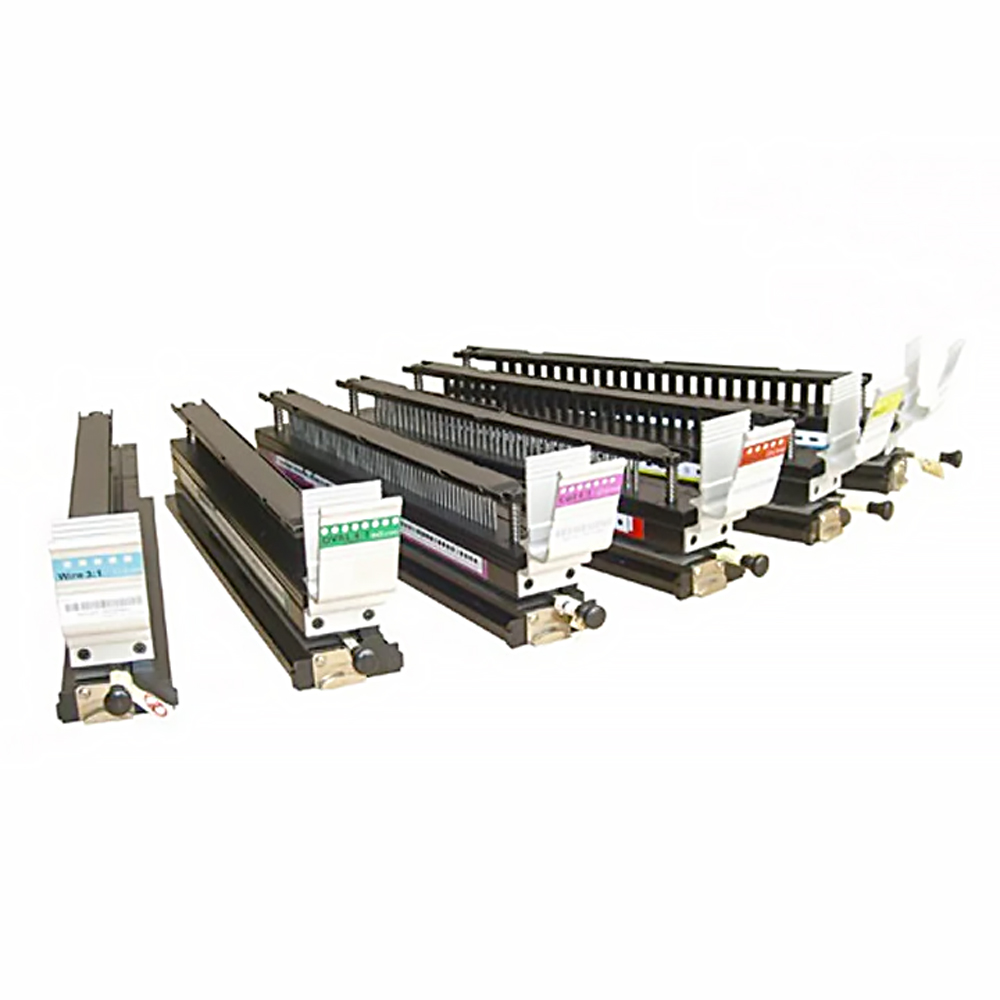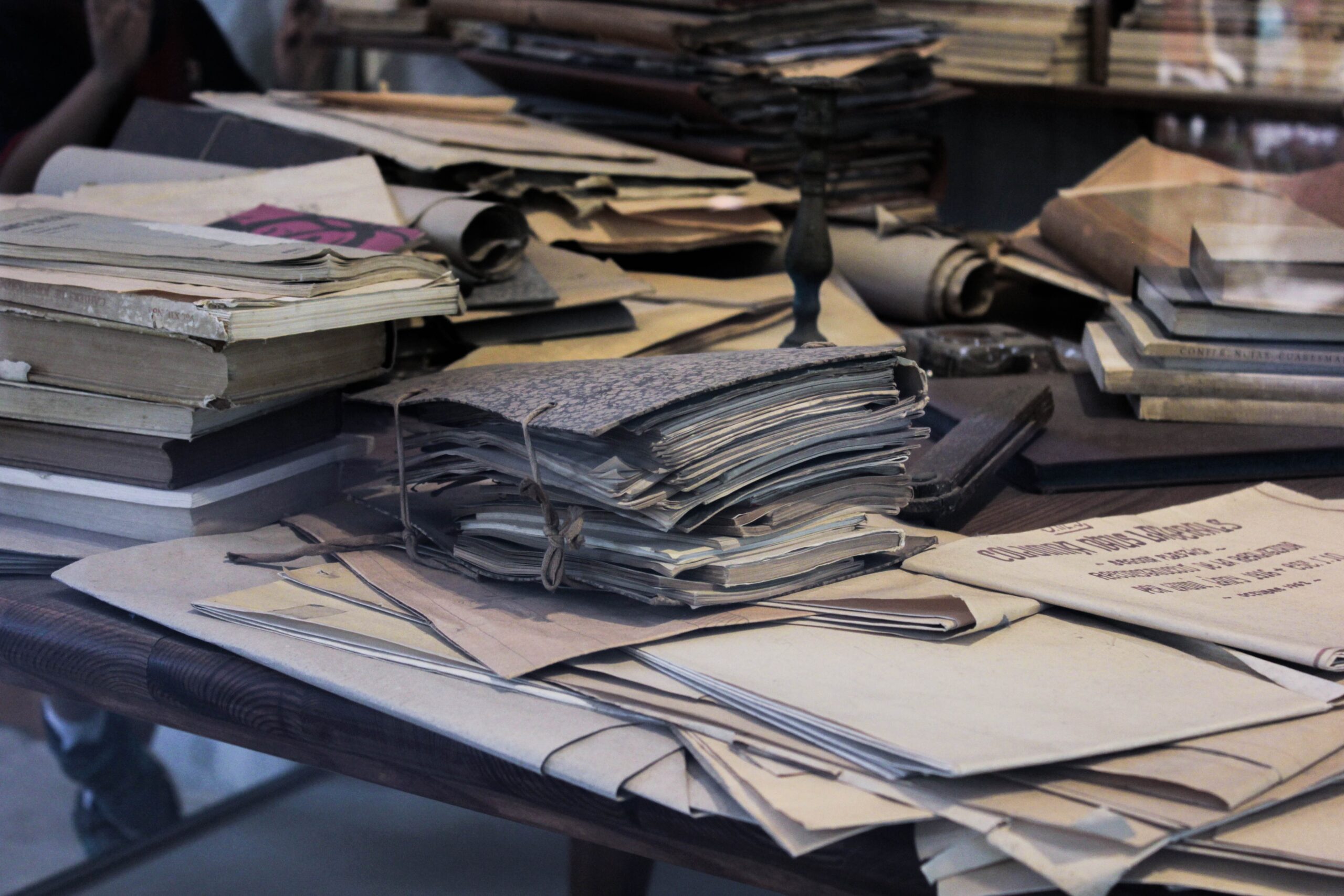
Binding 101: What is a Binding Die?
Embarking on the journey of bookbinding unveils a realm where precision meets artistry, and the binding die emerges as a key player in this meticulous process. Catering to the needs of industries where attention to detail and a polished finish are paramount, the binding die holds a distinct significance in bookbinding for sectors such as publishing, printing, and specialty packaging. This integral part is an indispensable component for those who seek not only the durability and organization of bound materials but also a touch of elegance that elevates the final product. Join us as we explore what binding die is, delving into the industries and sectors that rely on their intricate designs to transform loose sheets into cohesive, beautifully bound works.
What is Binding Die?
A binding die is an essential component of a binding punch, featuring pins that intricately punch specific binding patterns into paper. The die is designed to create distinct punch patterns, and with interchangeable dies, it allows the removal and addition of individual punch pins for enhanced versatility in accommodating various document sizes. Essentially, the binding die functions as a precision tool that defines and customizes the structure of punched holes in the paper during the binding process, contributing to both the functionality and adaptability of the final bound materials.
Why Is A Binding Die Important?
Binding die stands as a crucial element that elevates the final product from a mere compilation of pages to a meticulously crafted and visually appealing work. Its importance lies not only in the precision with which it creates binding patterns but also in the versatility it offers for customization, making it an indispensable tool for industries that prioritize both functionality and aesthetics in their bound materials.
- 360 Degree Rotation: Imagine a magazine secured by staples; now visualize folding it to bring the front and back covers into contact. This illustrates the concept of 360-degree rotation in a bound document. This feature proves valuable in scenarios where space conservation is crucial and when there is a need to produce frequent copies of the bound document.
- Precision Crafting: The binding die enables the creation of intricate and precise binding patterns, ensuring a clean and professional finish.
- Customization: It allows for the customization of binding patterns, accommodating specific logos, titles, or decorative elements to meet the unique branding requirements of a project.
- Lay-Flat Capability: When you unfold a book on a table or desk, and the pages stay completely flat, it exemplifies lay-flat capability. This attribute proves particularly advantageous for tasks such as notetaking and photocopying, as it enables you to have both hands free for other activities. Various binding styles, including Coil binding, ProClick binding, and Comb binding, incorporate this feature.
- Versatility: Interchangeable dies provide the flexibility to adapt to various document sizes, making it suitable for a range of projects.
- Enhanced Visual Appeal: The binding die contributes to the overall visual appeal of the finished product, adding a touch of sophistication and uniqueness to each bound item.
- Consistency: By ensuring consistent and uniform punch patterns, the binding die plays a crucial role in maintaining the quality and aesthetic integrity of the entire batch of bound materials.
- Efficiency: The die streamlines the binding process, enhancing efficiency and reducing the margin for error in creating punched holes and patterns on a large scale.
- Brand Identity: For businesses, the binding die becomes a tool for reinforcing brand identity, allowing for the incorporation of distinct and recognizable elements into the bound materials.
Quick Tips When Buying A Binding Die
Here are some quick tips when you’re looking for binding dies:
- Define Your Needs:
- Clearly outline the specific binding patterns and customization requirements for your projects.
- Material Quality:
- Choose a binding die made from durable and high-quality materials to ensure longevity and consistent performance.
- Versatility Matters:
- Opt for interchangeable dies to enhance versatility, allowing for customization and adaptability to different document sizes.
- Precision Is Key:
- Prioritize precision in crafting binding patterns for a clean and professional finish.
- Consider Branding:
- If applicable, select a binding die that enables customization for incorporating logos or branding elements.
- Check Compatibility:
- Ensure the chosen binding die is compatible with your binding machine for seamless integration.
- Review Customer Feedback:
- Check customer reviews and feedback to gauge the reputation and reliability of the binding die supplier.
In essence, a binding die stands as a linchpin in bookbinding and printing, embodying precision and customization. Beyond being a tool that crafts intricate binding patterns, it also helps elevate the aesthetics and functionality of bound materials. From its role in creating clean and professional finishes to its versatility in accommodating various document sizes, the binding die is indispensable for businesses that seek both efficiency and a touch of uniqueness in their projects. As the final imprint of craftsmanship on bound materials, the binding die remains an essential element in creating visually appealing and well-organized works that leave a lasting impression.
Are you a business owner seeking to elevate the presentation of your publications, from catalogues to manuals and beyond? Transform the way you showcase your content with the efficiency of binding dies. Take the next step in enhancing the quality and durability of your printed materials. Explore our range of perfect binding solutions today and invest in the tools that will set your business apart. Contact us today to discuss how our perfect binding solutions can meet your unique needs.










